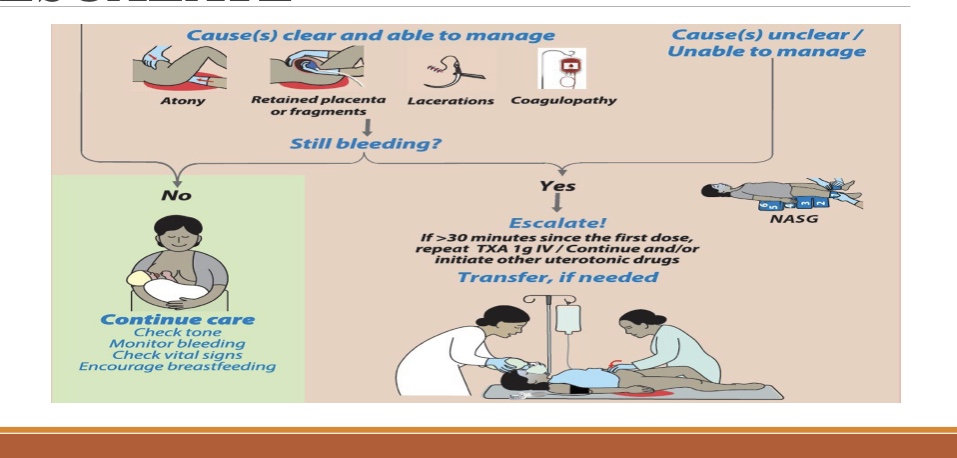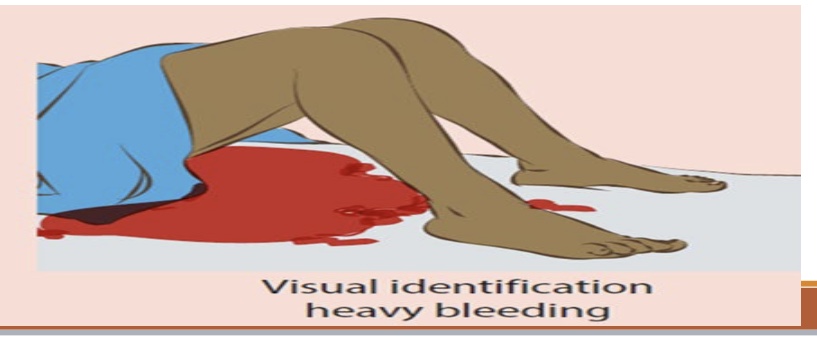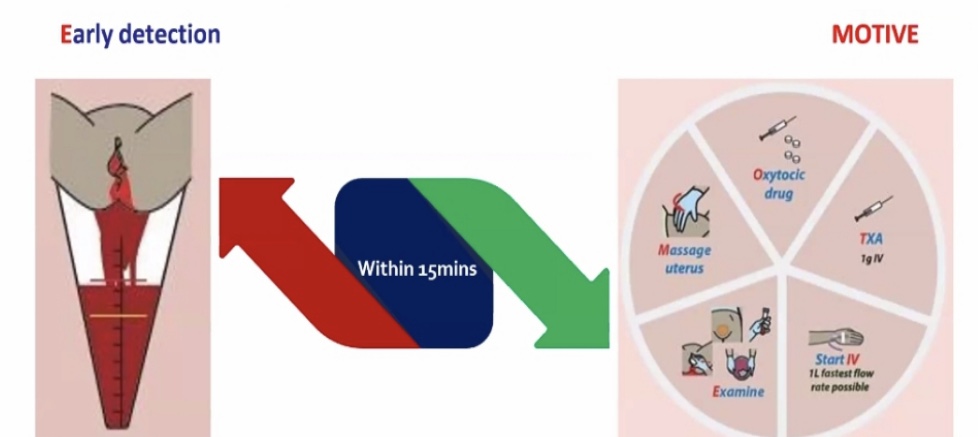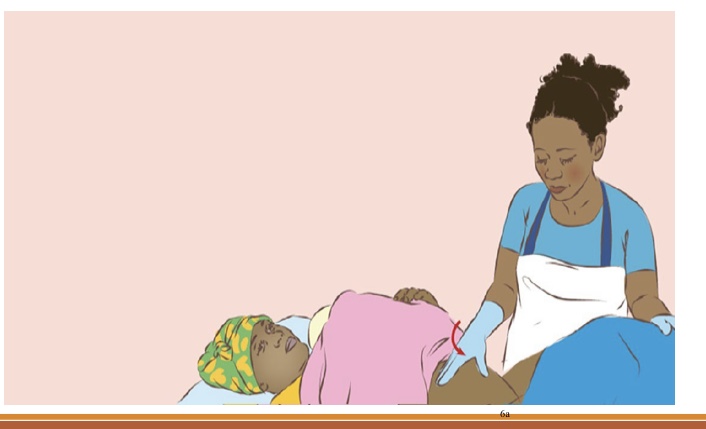Postpartum hemorrhage (PPH) is severe or excessive bleeding after childbirth. It’s a serious, potentially life-threatening condition. Signs are dizziness, feeling faint and an increase in heart rate. PPH can occur after delivery or up to 12 weeks postpartum. Early detection and prompt treatment can lead to a full recovery. Get help right away if you’re experiencing symptoms of PPH.
Postpartum hemorrhage (PPH) is severe or excessive bleeding after childbirth. It’s a serious, potentially life-threatening condition. Signs are dizziness, feeling faint and an increase in heart rate. PPH can occur after delivery or up to 12 weeks postpartum. Early detection and prompt treatment can lead to a full recovery. Get help right away if you’re experiencing symptoms of PPH.
Postpartum Hemorrhage is a leading cause of maternal mortality worldwide and in Nigeria.
Sixty-three percent of all maternal deaths globally are due to direct causes, most (27.1%) of these are due to haemorrhage. (2)
Globally, about 14 million cases of PPH and 70,000 related maternal deaths, equivalent to 27.1% of all maternal deaths are recorded annually. (3)
This implies that one woman dies of PPH every four minutes. (4)
Maternal morbidity and mortality from PPH are disproportionately higher in LMICs.
In Asia and Africa, PPH is responsible for 30.8 % and 33.9 % of maternal deaths, respectively, compared to 13.4% in high-income countries. (5)
In Nigeria, PPH accounts for one-third of all hospital admissions due to obstetric haemorrhage (6), and is the second leading cause of hospital-based maternal deaths (7)
Causes:
The causes of postpartum hemorrhage are often called the four Ts (tone, trauma, tissue and thrombin). The following conditions or factors summarize the most common causes of PPH:
- Uterine a’T’ony. Uterine atony (or uterine tone) refers to a soft and weak uterus after delivery. This is when your uterine muscles don’t contract enough to clamp the placental blood vessels shut. This leads to a steady loss of blood after delivery.
- Uterine ‘T’rauma. Damage to your vagina, cervix, uterus or perineum causes bleeding. Sometimes, pooled blood can collect in a concealed area and the injured tissue can continue to bleed hours or days after delivery.
- Retained placental ‘T’issue. This is when the entire placenta doesn’t separate from your uterine wall. Sometimes, this is because of an abnormality in the placenta, but this can also occur with a normal placenta.
- Blood clotting condition (‘T’hrombin): If you have a coagulation disorder or pregnancy condition that impacts your ability to clot, there’s a higher chance that even a tiny bleed can become significant.
Types Of Postpartum Hemorrhage :
*Primary/Immediate PPH: Blood loss occurs within the first 24 hours of delivery
*Secondary/Delayed PPH: Bleeding occurs after 24 hours of delivery but within 6 weeks or 42 days of childbirth.
Who is at a higher risk of Postpartum Hemorrhage:
Postpartum hemorrhage can affect anyone after childbirth. There are many risk factors for PPH, but approximately 40% of hemorrhages occur without any risk factors. Healthcare providers may not be able to prevent PPH from happening, but identifying risk factors before delivery can help reduce the chances of severe blood loss.
Conclusively,combining objective early detection with a standardized and simultaneous treatment bundle, it addresses the root causes of failure in traditional PPH management.
It is a powerful, evidence-based, and practical solution that has the proven potential to save lives and make childbirth safer for women.



